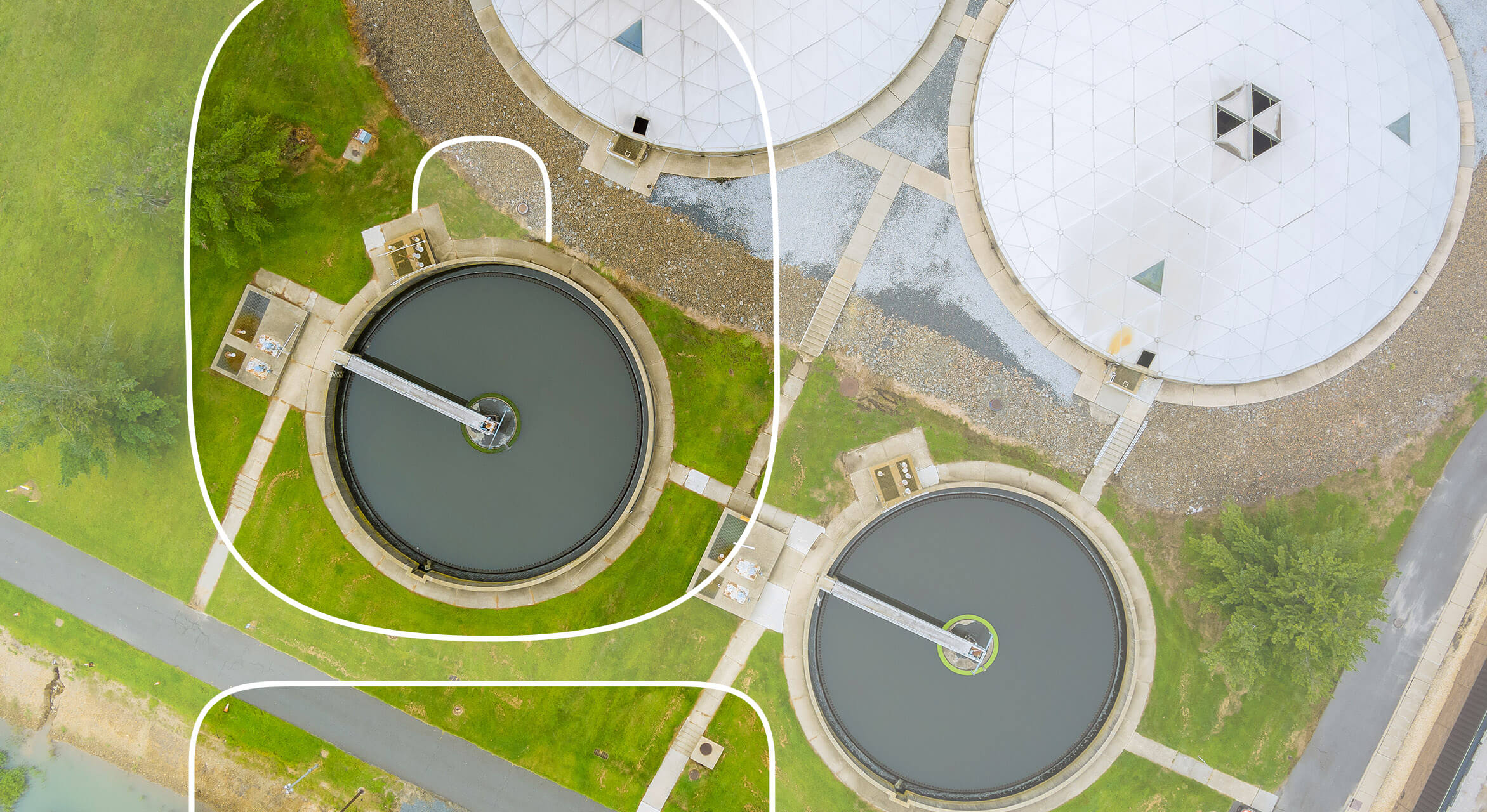Understanding Wastewater Therapy Processes and Their Environmental Effect
The intricacies of wastewater treatment procedures play a pivotal function in mitigating ecological challenges connected with water air pollution. Each stage, from preliminary to innovative treatments, is developed to resolve certain contaminants, ultimately safeguarding both public wellness and aquatic ecological communities. Regardless of technical advancements in treatment effectiveness, considerable difficulties continue, consisting of the monitoring of recurring toxins and the effects of nutrient drainage. As we discover the intricacies of these processes, it becomes vital to doubt exactly how far present techniques can evolve to meet the growing needs of sustainability and ecological conservation.
Review of Wastewater Therapy
Exactly how is wastewater transformed right into a risk-free source for the atmosphere? Wastewater treatment is a crucial process made to get rid of pollutants from utilized water, thus securing public health and wellness and securing environments. This process begins with the collection of wastewater from domestic, industrial, and business sources, which is then routed to treatment facilities.
At these facilities, various physical, chemical, and organic techniques are employed to deal with the wastewater. First screening removes large particles, adhered to by sedimentation to different much heavier solids. Subsequently, organic treatments, such as activated sludge processes, utilize bacteria to damage down raw material. These methods not only decrease pollutant levels however likewise assist in the healing of beneficial nutrients.
The dealt with effluent can be safely released into natural water bodies or recycled for watering and commercial objectives, promoting resource preservation. In addition, the treatment process produces biosolids, which can be repurposed as plant foods or soil changes, better enhancing sustainability.
Stages of Therapy Procedures
The wastewater treatment process normally includes three main phases: initial, key, and secondary treatment. Each phase serves an unique duty in reducing the pollutant tons and making certain the effluent fulfills ecological standards prior to discharge.

The key therapy phase concentrates on the physical splitting up of suspended solids from the wastewater. With sedimentation, much heavier bits clear up at the bottom of sedimentation storage tanks, developing sludge, while lighter materials, such as oils and greases, float to the surface and are skimmed off. This procedure significantly reduces the organic and not natural lots in the wastewater.
Second therapy is a biological procedure intended at more lowering the focus of raw material. Different techniques, including activated sludge systems and dripping filters, use microorganisms to metabolize organic contaminants. This stage is vital for accomplishing the required biochemical oxygen demand (FIGURE) decrease, ultimately leading to cleaner effluent all set for discharge or more treatment. Each phase is essential in guarding environmental and public health.

Advanced Therapy Technologies
Complying with the secondary treatment procedures, advanced therapy technologies play a crucial role in more improving the quality of dealt with wastewater. These innovations are designed to get rid of residual impurities that are not effectively removed during main and second treatments, ensuring the effluent fulfills stringent regulative criteria.
Among the commonly utilized advanced treatment approaches are membrane filtering, reverse osmosis, and progressed oxidation procedures. Membrane filtration, including microfiltration and ultrafiltration, works in dividing fine particles, microorganisms, and colloids from the water (Wastewater). Reverse osmosis uses semi-permeable membrane layers to get rid of dissolved solids, resulting in high-grade water suitable for various applications
Advanced oxidation processes (AOPs) utilize strong oxidants to weaken natural pollutants, including pharmaceuticals and personal care products that are resistant to traditional therapy. These techniques boost the biodegradability of intricate substances, facilitating their removal.
Another substantial innovation is using organic nutrient elimination procedures, which particularly target nitrogen and phosphorus, protecting against eutrophication in receiving water bodies. In general, advanced treatment innovations are crucial for attaining greater degrees of filtration, promoting water reuse, helpful resources and protecting public health and wellness while dealing with the challenges associated with wastewater management.
Ecological Advantages of Therapy
Various environmental benefits emerge from reliable wastewater therapy processes that add to ecosystem wellness and sustainability. Mostly, these processes considerably decrease the release of unsafe contaminants into natural water bodies, which aids preserve aquatic ecosystems. By getting rid of pollutants such as heavy metals, nutrients, and virus, treated wastewater mitigates the threat of waterborne illness and promotes biodiversity in aquatic atmospheres.
Furthermore, wastewater treatment centers commonly utilize advanced innovations that enable water recycling and reuse. This technique not here only preserves fresh water resources yet likewise reduces the need on natural water products. Enhanced nutrient elimination from wastewater can also prevent eutrophication, a process that leads to algal flowers and subsequent oxygen deficiency in water systems.
Additionally, efficient treatment procedures can minimize greenhouse gas discharges, specifically methane and nitrous oxide, which are usually released throughout without treatment wastewater decomposition. By recording and using biogas from anaerobic digesters, centers can convert waste into eco-friendly energy, therefore adding to a reduction in fossil fuel dependence.
Challenges and Future Patterns
While the environmental advantages of wastewater therapy are clear, a number of obstacles linger that hinder ideal end results in this field. One significant issue is aging facilities, which frequently brings about inefficiencies and boosted functional costs - Wastewater. Lots of therapy plants were designed decades back, and their capacities do not align with contemporary needs, that include more stringent regulatory standards and higher volumes of wastewater because of urbanization

Looking ahead, there is an expanding emphasis on resource recuperation and circular economy concepts within wastewater therapy. Developments such as anaerobic digestion, which can create biogas, and progressed filtration technologies are gaining traction. These techniques not only enhance treatment efficiency but also promote sustainability.
Eventually, dealing with these challenges calls for collaboration among stakeholders, financial investment in technology, and a dedication to ongoing study. By embracing these patterns, the wastewater treatment market can evolve to satisfy the demands of an altering setting and society.
Verdict
In conclusion, wastewater treatment procedures play an essential duty in enhancing environmental quality and public health and wellness. The multi-stage treatment structure, combined with innovative modern technologies, effectively reduces pollution and promotes sustainable water management.